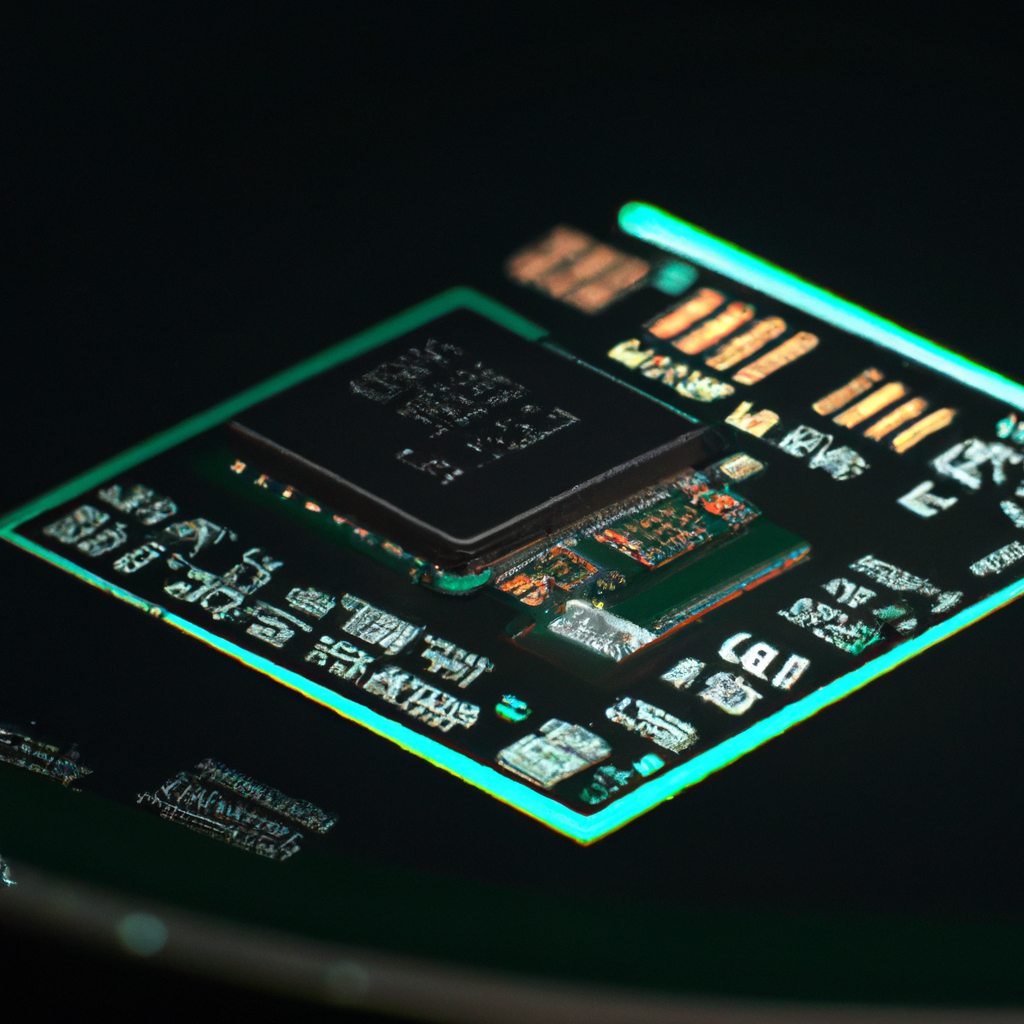How Does a Microchip Work?
Microchips are electronic components that have revolutionized the world of technology. They are responsible for the functioning of various electronic devices that we use daily, such as computers, phones, and cars. But how do these tiny chips work? In this article, we will delve into the world of microchips and explore their workings.
Semiconductor Material
The heart of a microchip is a semiconductor material, typically silicon. This material is chosen for its unique electrical properties. A semiconductor can conduct electricity under certain conditions, but not under others. This property allows designers to create electronic components with very specific characteristics.
Integrated Circuit
A microchip is an integrated circuit (IC) that contains many electronic components, such as transistors, resistors, and capacitors. These components are etched onto a small piece of silicon called a wafer. The wafer is then cut into tiny squares, each of which contains a complete circuit.
Computer Chip
A microchip is also known as a computer chip because it can process data in a similar way to a computer. The electronic components on the chip work together to perform a specific function, such as storing data or controlling a motor. The chip can also communicate with other chips to perform more complex tasks.
How Does It Work?
A microchip works by manipulating electrical signals. The electronic components on the chip can either allow or block the flow of electricity. By arranging these components in specific ways, designers can create circuits that perform various functions.
One of the most important components on a microchip is the transistor. A transistor is like a switch that can turn on or off the flow of electricity. By combining many transistors in different configurations, designers can create circuits that perform arithmetic, store data, or communicate with other devices.
The clock is another essential component of a microchip. The clock provides a regular signal that synchronizes the operations of the electronic components on the chip. This synchronization ensures that the chip performs its functions correctly.
Applications
Microchips have many applications, from simple devices like calculators to complex systems like self-driving cars. Here are a few examples of how microchips are used:
– Computers: The microprocessor is the brain of a computer. It is a microchip that performs arithmetic and logic operations, communicates with other components, and controls the flow of data.
– Smartphones: The microchip in a smartphone contains a microprocessor, memory, and communication circuits. It allows the phone to perform various functions, such as making calls, sending messages, and browsing the internet.
– Cars: Modern cars contain many microchips that control various systems, such as the engine, transmission, and brakes. These chips communicate with each other to ensure that the car operates smoothly and safely.
– Medical Devices: Microchips are used in medical devices such as pacemakers and insulin pumps. These devices contain microchips that monitor the patient’s condition and deliver the appropriate treatment.
Conclusion
Microchips are an essential part of modern technology. They allow us to perform complex tasks quickly and efficiently. By manipulating electrical signals, designers can create circuits that perform various functions. The use of microchips has revolutionized the world of electronics, and their applications are only limited by our imagination. With the advancement of technology, we can expect microchips to become even more powerful and ubiquitous in the future.







